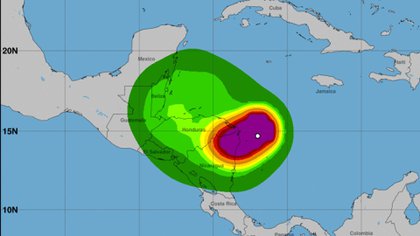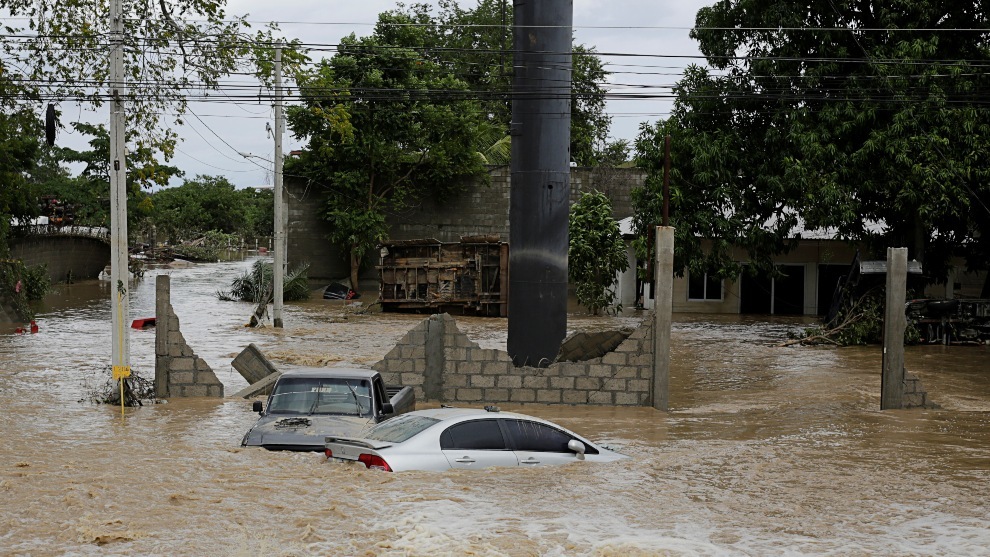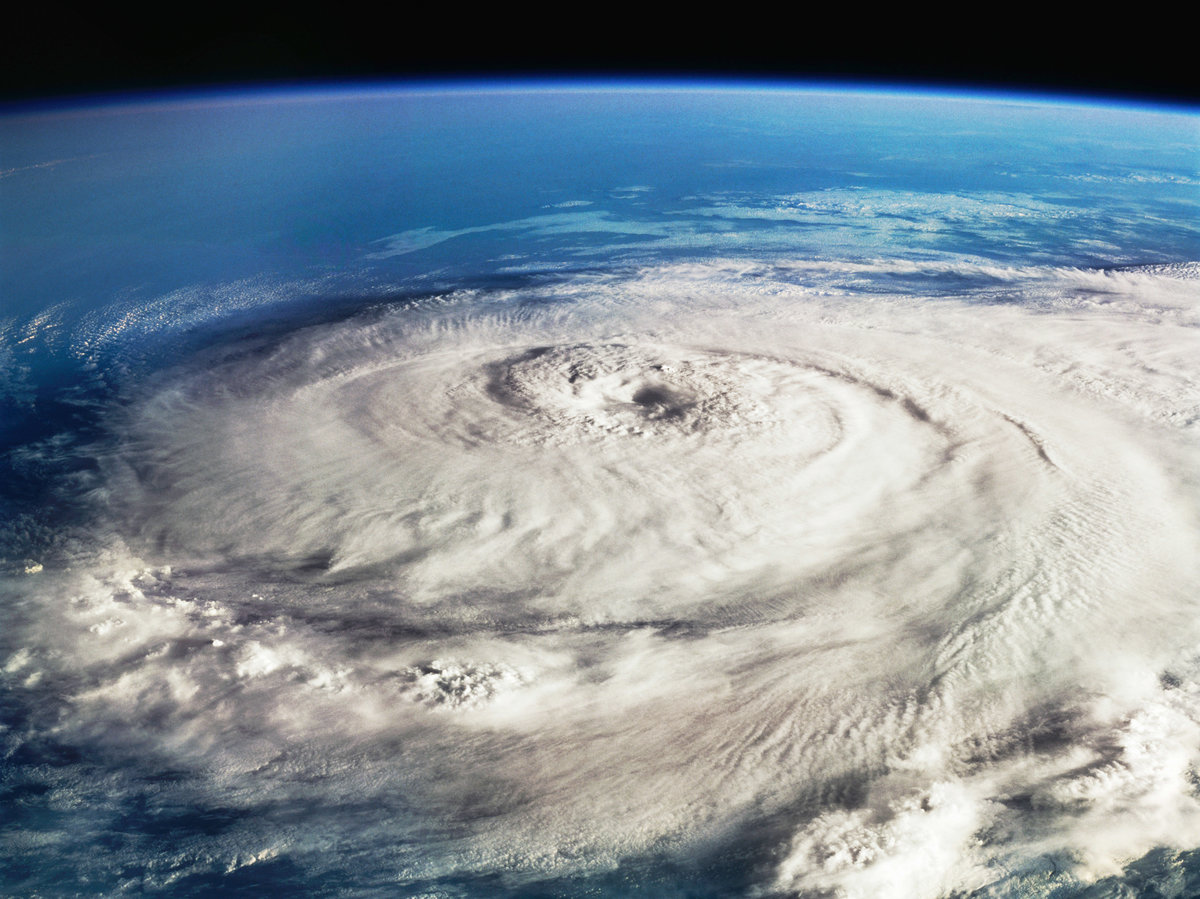On October 28, 2020, the United States National Hurricane Center began monitoring in the Southwestern Caribbean, trying to foresee the development of a tropical depression with higher-level winds, entering the Caribbean from the Lesser Antilles and heading for the Gulf of Mexico. In just two days the situation evolved into a tropical storm. However, as it moved west, the tropical storm called ETA was gaining even more strength, eventually reaching the hurricane category at 4:00 a.m. (Colombian time) on Monday, November 2, registering winds of more than 240 kilometers per hour.

If we talk about hurricanes, cyclones, tropical storms and other climatic eventualities that usually occur in the Caribbean, we find ourselves with a manifest vulnerability of the communities that inhabit the coasts and islands of the region. Populations that for centuries have forged their economy, their culture and all of their ways of life facing the sea are totally exposed to climatic variability, which has intensified over the Caribbean in recent years due to climate change. For scientists, 2020 has broken a historical record of storm and hurricane activity over the Atlantic Ocean. A total of 28 tropical storms have formed over the Caribbean basin in the 2020 hurricane season, matching 2005 records and with one more month of intense climate variability still ahead.
ETA has passed 200 kilometers away from the archipelago of San Andrés and Providencia and, nevertheless, has left more than fifty families affected by the damage of the intense rains and the strong winds that arose. Days later, when the hurricane touched solid ground in Nicaragua, it dropped in category to be a tropical storm again, but this didn’t prevent contingencies and serious losses from the coasts of Nicaragua, Costa Rica, Panama and Honduras. The province of Bocas del Toro, in the Panamanian Caribbean, has been held isolated in the face of floods and landslides, which have also left six dead in the country. Upon contact with the Nicaraguan coasts, the storm caused several landslides that have killed two miners in the Northern Caribbean Autonomous Region and left 30,000 people in shelters after losing their homes. In Costa Rica, two more people also died from landslides caused by the flooding of rivers in the Caribbean area, and it’s estimated that more than 1,500 people have suffered serious damage to their places of residence. On the Caribbean coast of Honduras, at least 3,000 people had to be evacuated, and a minor drowned. In addition, six people are missing, due to the overflow of rivers and landslides.

As the above panorama shows, it’s important to understand how in the Southwestern Caribbean everything is cross-border: ethnic identities, fishing, coral reefs, and of course the risk of environmental collapses. However, environmental administration, social care and disaster prevention continues to respond to a national and isolated logic, considerably reducing the effectiveness, efficiency and relevance of the fight against climate change in island and continental areas of this Caribbean region. Facing phenomena like these on your own represents more work and less scope for each country. Among the experiences of the countries, it’s possible to form a plural space for coordination between States, drawing common diagnoses and shared roadmaps so that the Caribbean doesn’t become a pool of water, salt and hurricanes in the next decade.
The passage of Hurricane ETA has also once again highlighted the urgency of improving the habitability conditions of the coastal communities of the Southwestern Caribbean. Economic losses and fatalities could be much less if there were robust plans to convert construction, towards a bio-construction model that pollutes less and is more resistant to climate uncertainty. Furthermore, land use planning around water continues to be pending in the coastal areas of this region. This could help to considerably mitigate the effects of winter waves for Caribbean communities. Although tourism is important for this region, it cannot be the only criterion for regulating the territory and the maritorium. Tourism with a future perspective needs to be in tune with the care and restoration of ecosystems, the only guarantee that cyclones and hurricanes don’t have fatal consequences. Mangroves, for example, play a leading role in containing the waves that reach the coasts and, therefore, their conservation and restoration is also an act of disaster prevention.
Science and technology have come a long way. Today the world has abundant information on the behavior of storms and their routes, also on coral diseases, introduced species, artisanal fishing, or for instance the effects of tourism. There are inputs, wills and urges to start a great School of Environmental Policies in the Caribbean. Scientific and political coordination between States in the region would allow a notable improvement in each of these aspects because, as it has become clear in 2020, a year of pandemic and hurricanes for the Caribbean, applying own and national efforts aren’t enough to avoid environmental collapse, mainly because neither ecosystems, nor viruses, nor hurricanes know about borders.


